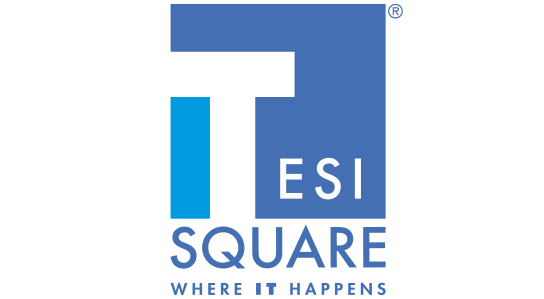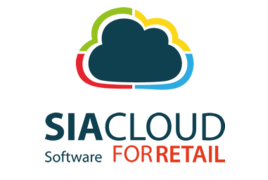According to data from Statista’s Digital Market Outlook, $4.2 trillion worth of online payments were made globally in 2021, and for the five-year period 2020-2025, eCommerce volumes are expected to grow by 76% in Italy alone.
Italians’ preferred payment methods
A study published in December 2020 by the ECB reports that the payment instruments most used online by Italians are payment cards, used in 54% of transactions.
Next are e-payments, i.e. digital payment platforms such as digital wallets, used in 28% of cases in Italy, while 6% of transactions were finalised in cash.
Yet, eCommerce still encounters resistance from consumers that has to do with their trust.
Consumer trust in eCommerce
Suffice it to say that research conducted in 2019 by MarkMonitor showed that 63% of shoppers did not believe that companies were doing enough to protect the personal information they entered during purchase. Furthermore, 33% said they had experienced a scam when making online payments and therefore felt unsafe entering their credit card details online.
Over the last few years, also thanks to the pandemic, eCommerce has experienced a real boom, but users still have doubts about the security of online purchases. Doubts that, as we have also reported in this in-depth article, cause 17% of cases to abandon the shopping cart.
Indeed, many merchants still devote little attention to the checkout phase. Taking it for granted that the sale is now complete and the deal done, however, is the biggest mistake one can make. Lack of attention in the final stages of the sale leads the customer to distrust and, in all likelihood, never finalise a sale in the channel. In other words, conversions are reduced.
What, then, is to be done to win the trust of consumers?
To overcome the doubts and misgivings expressed by certain consumer groups, it is essential that payment systems are transparent and incorruptible.
Strong Consumer Authentication
One solution is the so-called ‘Strong Authentication’, better known as Strong Consumer Authentication (SCA).
That is, it is a mechanism of PSD2 – the new European Payment Services Directive – introduced to better define the evolution of the use of electronic payment systems with the aim of improving the security of transactions and thus protecting users.
Strong Customer Authentication, in fact, is regulated by the European Commission’s EU Delegated Regulation 2018/389 of 27 November 2017 supplementing the previous Directive (EU) 2015/2366 of the European Parliament and of the Council and relates to the regulatory technical standards for strong customer authentication.
It defines new security standards for access to banking services, customer area and home banking, thus creating a secure and reliable communication channel. In other words, the purpose of the SCA is to uniquely identify and authenticate the customer, thereby greatly reducing potential fraudulent actions by unauthorised parties.
How SCA works
Strong authentication is achieved by combining several elements: passwords, PINs, access to proprietary devices such as smartphones, or even through biometric identification of personal somatic traits (e.g. fingerprints or facial recognition).
At the time of purchase, depending on the types of authentication defined by the operator, the user will then have to confirm his identity by entering, for example, a separate password and PIN. Or by using a personal code and an OTP security key received via SMS.
The impact on consumer experience
The SCA therefore requires operators to closely and continuously monitor payment flows, completely redefining the customer journey of users and optimising their shopping experience.
Equally, however, the SCA benefits the merchants themselves, who can thus benefit from secure payments and greater customer loyalty, which translates concretely into a lower shopping cart abandonment rate and, therefore, an increase in conversions.
However, it is important to be aware – and to explain to the end consumer – that the introduction of the SCA entails greater complexity and a lengthening of time in the final stages of the purchase. Elements that could induce customers, always looking for speed and simplicity, to forego the finalisation of the purchase. This is why it is crucial for merchants to explain to their customers that the introduction of Strong Consumer Authentication, although time-consuming, benefits their security and shopping experience.













